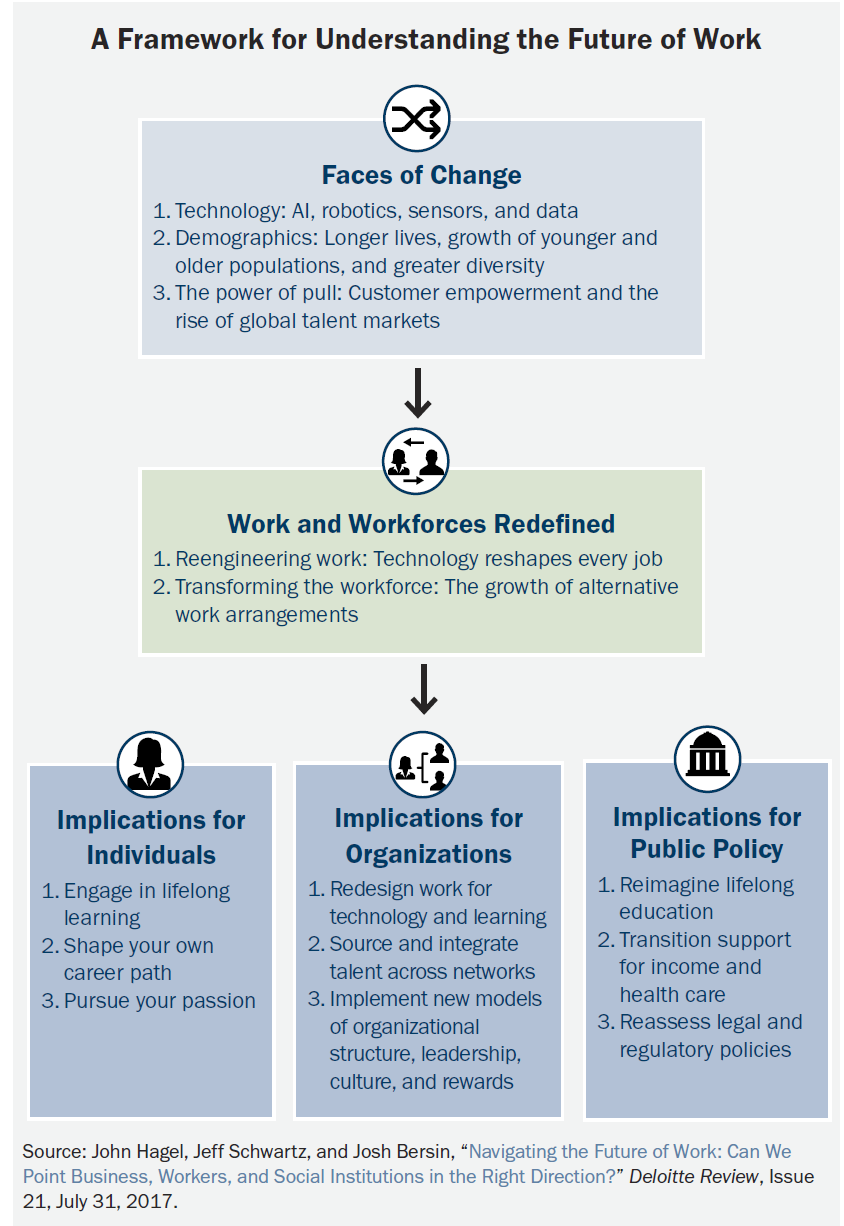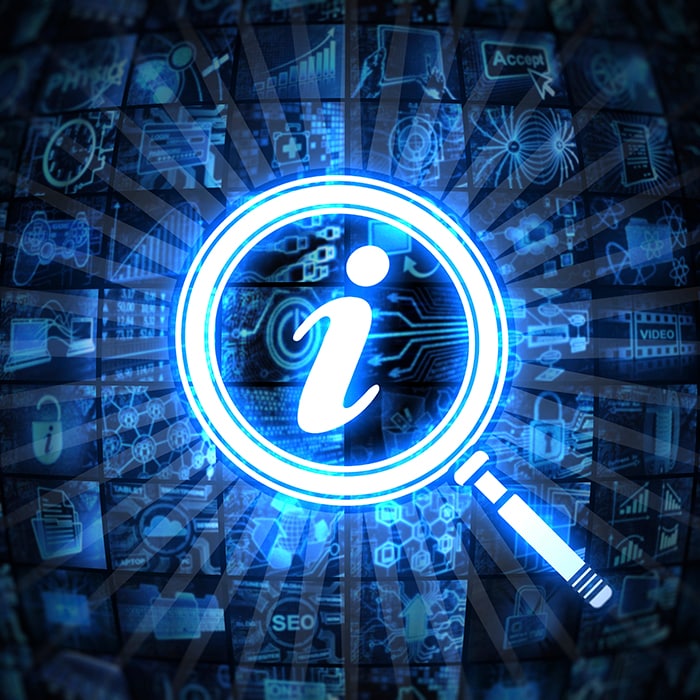Workforce disrupted has been saved

Perspectives
Workforce disrupted
Radically rethinking the workforce and digital to become future ready
The future of work is shaping to be very different from today. How can boards of directors and corporate leaders prepare for the dramatic changes ahead?
Explore content
- What the future of work looks like
- Embracing a digital mind-set
- A digital edge
- Where to start
- Get in touch
What the future of work looks like
Conversation about the future of work typically involves common themes such as the need to become a digitally focused organization and the value you can get from machines, from robotics to cognitive technologies. The impact of changing demographics also features heavily in discussions on today's workforce, as do changing views on work and careers, with the "gig" economy (in which laborers conduct freelance, contract, or single-task work, rather than permanent jobs) on the rise and the disappearing notion of "lifetime employment."
The following framework provides a more integrated view that highlights areas likely to have the greatest impact—starting with the roles of technology and the rise of alternative work arrangements, as well as the implications for people, organizations, and governments.

Embracing a digital mind-set
Organizations that plan to survive and thrive in the future understand that digital must be a significant part of the plan. Embracing digital means cultivating a digital mind-set, changing how people view work and the business as a whole.
This effort begins with the board and management assessing what Deloitte refers to as the organization's "digital DNA"—23 traits that Deloitte research has shown characterize digital maturity and "being digital." How does the organization measure up against these DNA traits? What strengths and gaps does the evaluation reveal?
In a similar vein, digital talent is not strictly about "techies" and people who know how to use, build, or invest in new disruptive technologies. Rather, digital talent includes employees working in any department, who are excited about the potential of digital technologies, exponential disruption, and new ways of working.

A digital edge
What does digital maturity look like and why does it matter? A series of reports by Deloitte and MIT Sloan Management Review has examined this question in depth, studying organizational practices that differentiate digitally mature companies from those that are less developed. Key findings of the report include:
- Digitally mature companies value experimentation and speed. They embrace risk and create distributed leadership structures.
- Digitally mature companies surveyed also place a strong emphasis on innovation. They are more than twice as likely to invest in innovation, compared with early-stage entities—87 percent versus 38 percent.[i]
- Digitally mature companies are also talent magnets. Employees and executives are highly inclined to jump ship if they feel they don't have opportunities to develop digital skills.[ii]
[i] Gerald C. Kane, Doug Palmer, Ahn Nguyen Phillips, David Kiron, and Natasha Buckley, "Aligning the Organization for Its Digital Future," MIT Sloan Management Review and Deloitte Insights, July 26, 2016.
[ii] Gerald C. Kane, Doug Palmer, Ahn Nguyen Phillips, David Kiron, and Natasha Buckley, "Achieving Digital Maturity," MIT Sloan Management Review and Deloitte Insights, July 13, 2017.

Where to start
Regardless of where an organization is along its journey to embrace workforce and digital disruptions, directors can ask management four important questions to spur discussion in 2018:
- What is this organization's current digital DNA, and how should management move us toward digital maturity in a way that advances company strategy? Is the company just "doing digital" to check a box, or has the company aligned the elements of the organization to be digital?
- How well will this company's workforce operate in the digital future? Does the company have the right talent and the skill sets to thrive? If not, how will senior executives build the needed workforce?
- How could this company use automation and cognitive capabilities to complement the workforce? Where can you augment human roles with automation and machine intelligence? Where is a human essential to the business? Understand how automating (or not automating) a task can help improve the customer experience and set you apart from the competition.
- Have we assembled the right mix of leaders to address future workforce trends? Planning for the future of the workforce goes far beyond human resources and technology considerations. The CEO will need a strong chief human resources officer and chief information officer. The finance and procurement functions should also be part of discussions as the company plans for new investments and looks for new sources of value.


